Scraping facial hair usually does not cause serious harm, but may lead to problems such as folliculitis, skin sensitivity, or hair regrowth. The potential risks of facial hair removal mainly include irritation reactions, pigmentation, hair follicle damage, hair thickening, and secondary infections.
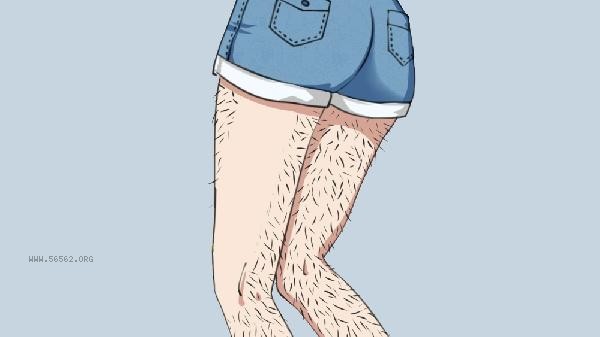
1. Stimulating response
Friction between the blade and the skin during shaving may damage the stratum corneum, causing local redness, stinging, or burning sensation. People with dry or sensitive skin are more likely to experience such reactions, manifested as prolonged skin discomfort for several hours. It is recommended to use a mild facial cleanser before shaving, and use it with alcohol free shaving foam to reduce friction.
2. Pigmentation
Repeated shaving may stimulate the activity of melanocytes, especially in areas such as the lips and jaw, which can easily form spot like pigmentation. Ultraviolet radiation can exacerbate this phenomenon, and it is necessary to strengthen sun protection after hair removal. Physical methods such as wax removal or forceps removal are more likely to induce post inflammatory pigmentation.
III. Hair follicle injury
Improper operation may lead to minimally invasive hair follicle injury and increase the risk of bacterial infection. Using rusty and unsterilized scraping tools may cause Staphylococcus aureus infection. Electric shavers are safer than manual blades, but regular blade replacement is necessary to prevent bacterial growth.

Fourth, hair thickening
Shaving does not change the structure of hair follicles, but the cross-sectional hair appears rough and hard visually during regeneration. This phenomenon is more pronounced after 3-6 months of continuous shaving and can be improved by laser hair removal to destroy hair follicles. The thickness of hair is mainly influenced by genetics and hormones, and shaving is not the determining factor.
Fifth, secondary infection
If not treated in a timely manner after scraping, it may develop into impetigo or furuncle. Patients with diabetes and those with low immunity should pay special attention. It is suggested that these people choose optical hair removal instead of physical shaving. If there are signs of infection such as redness, swelling, heat, and pain, external antibiotics such as fusidic acid cream should be used promptly.

After facial hair removal, it is recommended to use a repair cream containing ceramides to enhance barrier protection and avoid immediately using skincare products containing acidic ingredients. Amino acid cleansing can be chosen daily to maintain a weakly acidic skin environment and reduce the probability of folliculitis. For long-term hair removal needs, it is recommended to use medical grade hair removal methods such as semiconductor lasers, which can accurately target melanin in hair follicles and avoid cumulative damage caused by repeated shaving. Exfoliation care should be suspended within 48 hours after hair removal to prevent secondary damage to fragile skin.

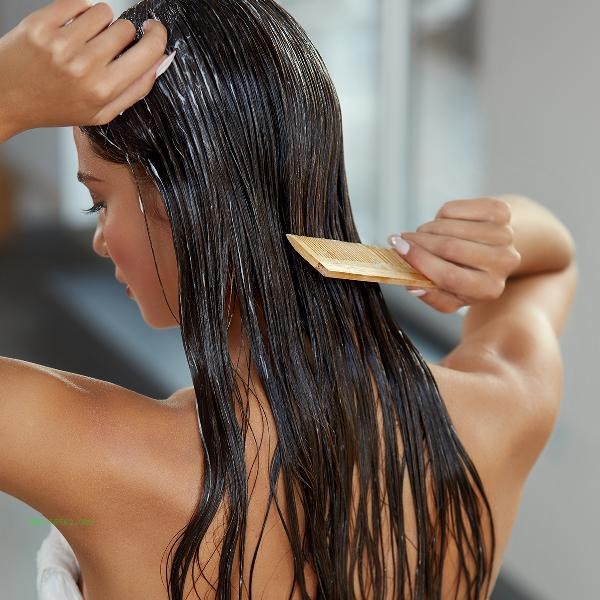
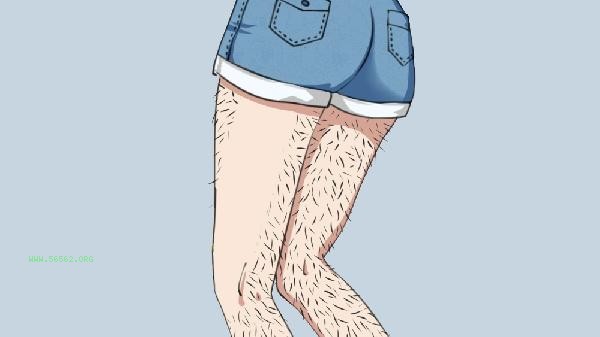

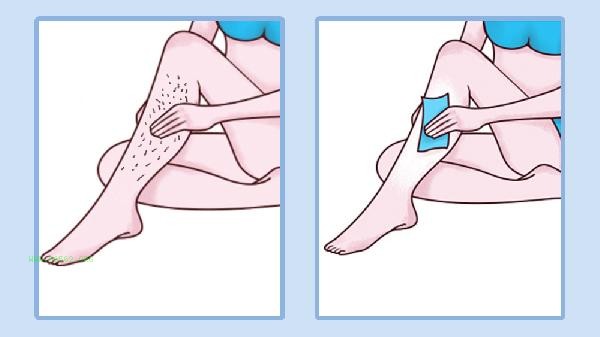
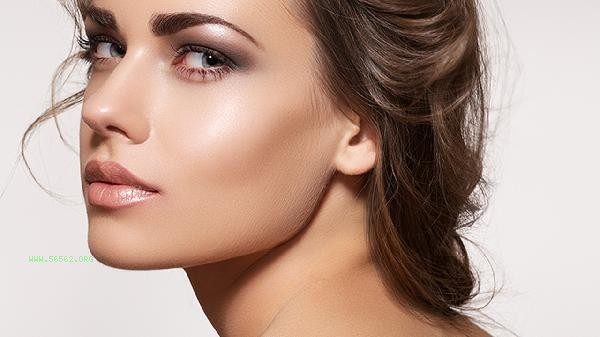


Comments (0)
Leave a Comment
No comments yet
Be the first to share your thoughts!